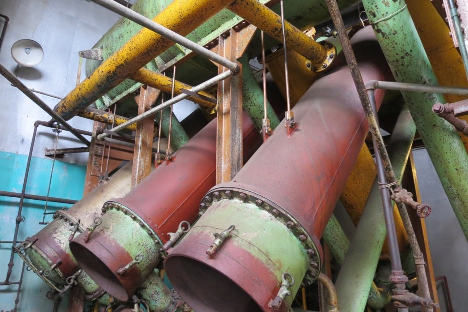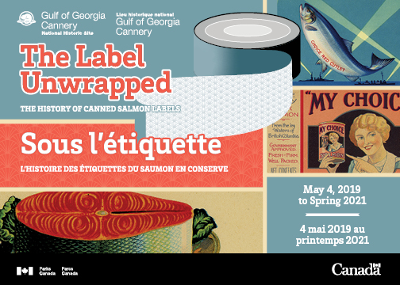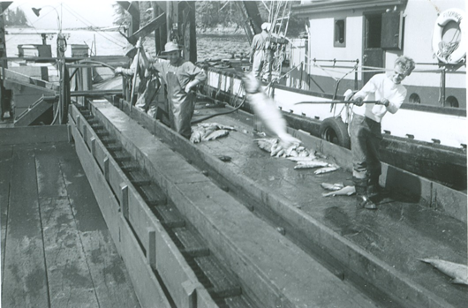Gulf of Georgia Cannery National Historic Site – BC’s “Monster Cannery” Still Brimming with Stories
Once the leading salmon cannery in British Columbia, the Gulf of Georgia Cannery National Historic Site of Canada, in continuous operation between 1894 and 1979, is now an unforgettable experience for those visiting the historic village of Steveston in Richmond. Tucked away near the mouth of the Fraser River, visitors often stumble across the cannery unplanned, but leave reflecting on the sharp insights into social history and the gritty mechanics of fish processing that the plant vividly conveys.
Back in the 1890s, more than half of the 45 fish canneries in BC were in Stevenson, a village which was often playfully referred to as “Salmonopolis”. As the largest and leading producer of salmon in the province, the Gulf of Georgia Cannery was known as the “Monster Cannery”.
Not only was the wooden fish plant physically impressive in size and output, but the corporate structure of the Gulf of Georgia also reflected the racial hierarchies of the late 19th and early 20th centuries, with Euro-Canadians forming the cannery management and commanding the highest salaries. Most of the fishermen before 1893 were Indigenous men, while Indigenous women comprised much of the salmon processing capacity in the cannery. In later years, Japanese newcomers joined the fishing workforce, while Chinese men bolstered the ranks on the cannery processing floor, joined by a wave of immigrants from continental Europe. Most of the canneries in Steveston were owned by British and American businessmen who made their fortunes exploiting the limited labour options available to cannery workers.
Although, having a multicultural work environment caused a large language barrier. The workers often communicated with hand signals. For instance, “sockeye salmon” would be told by pointing at your eye, whereas “coho salmon” would be a simple C shape with your hand.
In the Depression years of the 1930s, Gulf of Georgia Cannery production slowed due to dropping demand, but the pace at the cannery ramped back up with the start of the Second World War which saw the addition of a Herring Reduction Plant to the facility. Herring in tomato sauce was the number one source of protein for allied soldiers and struggling civilians overseas.

The photo shows what the Herring Reduction Plant looks like today.
It had to shut down in 1979, after 85 years of operations, because of its aging equipment. In the early 1980s, Steveston area workers and residents lobbied various levels of government attempting to bring the cannery back into production, to no avail. In order to preserve and share this piece of history to the public, The Gulf of Georgia Cannery Society, a local non-profit organization, partnered with Parks Canada to reopen it as an exhibit in 1994.
Today, the museum is packed with activities and immersive tours, like The Label Unwrapped, an interactive exhibit with giant cans and a life-sized comic book. To start the tour, guests are invited to “punch in”, creating the illusion that they’re starting their shift as a worker at the cannery. Once fully functional machinery is on display like the Reduction Plant. Prop bloody fish and special lighting effects are another interesting touch. The main goal of the museum, however, is to demonstrate how the canning line operated between 1930 and 1950. The building and processing floor retain much of their original equipment and built fabric, conveying the conditions that workers would have experienced for almost 100 years.

The Label Unwrapped exhibit runs from May 4, 2019 to Spring of 2021.
“I enjoy the moment when people discover this hidden gem of Metro Vancouver,” says Mimi Hortia, the Gulf of Georgia Cannery’s marketing and visitor services manager. “When they ask themselves ‘What does this cannery have to do with me?’ They always leave with a sense of wonder having discovered something new about multiculturalism, technology, environment, natural sustainability, or Indigenous cultures.”
The Gulf of Georgia Cannery is part of our Passport Places program, a National Trust for Canada membership benefit where members get complimentary access to these beautiful places, as well as 1000+ National Trust Places abroad.
Become a member today!


